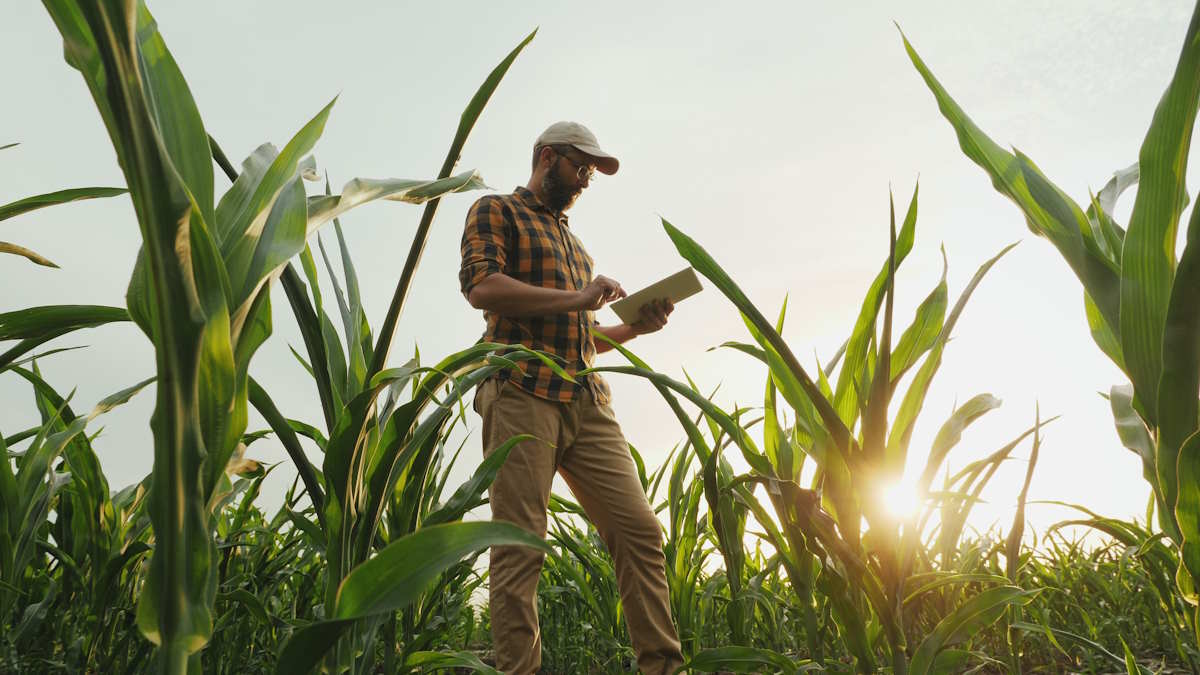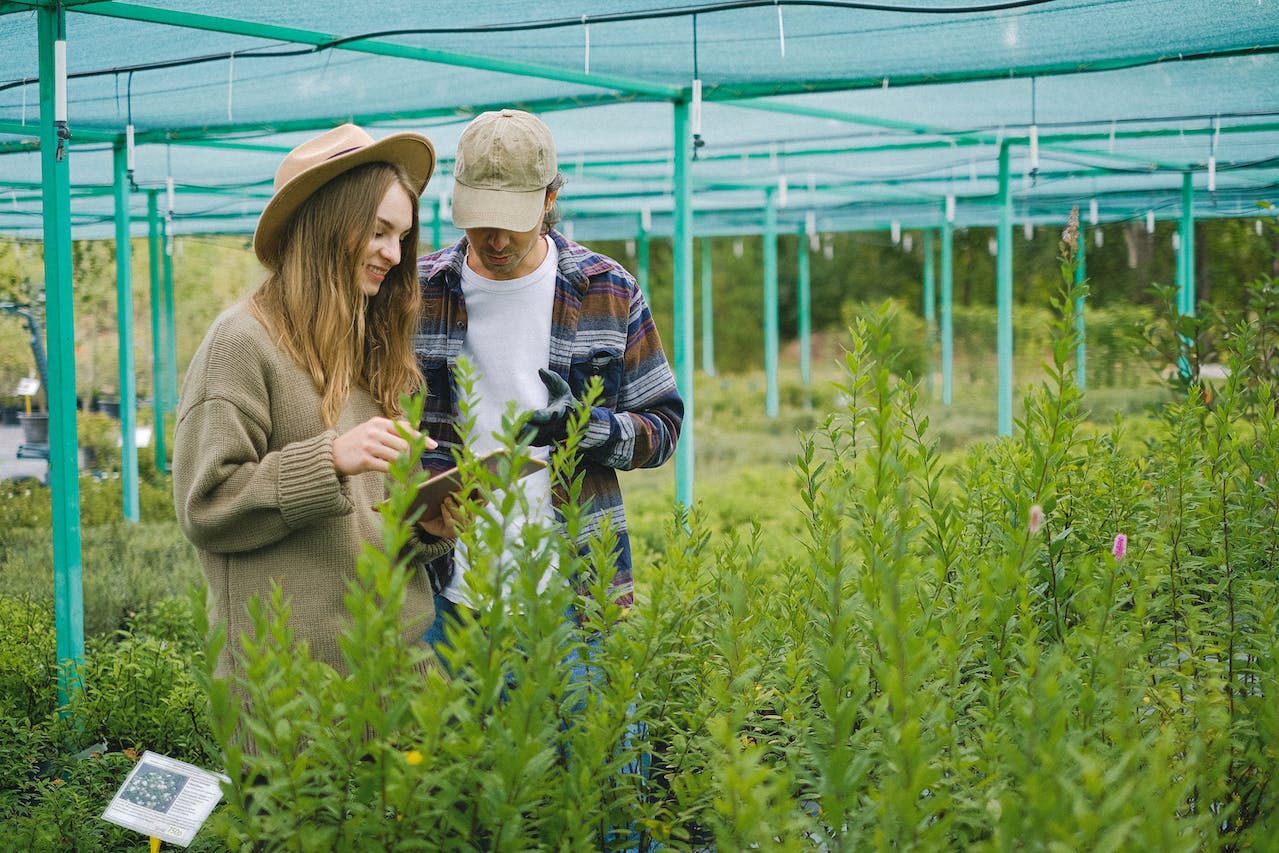It seems that there is nothing more traditional than agriculture. However, history shows that societies that reformed agriculture earlier than others achieved great success in all other areas of the economy as well. Today’s agriculture is actively modernizing, introducing the latest technologies and making new requests for software developers. Indicators of its successful entry into the high-tech world of the 21st century are the appearance of such new categories as Smart Farming or “AgTech. Find out what new software trends will make agriculture even more productive, environmentally friendly, and successful in 2024.

The Importance of Using the Latest Technologies in Agriculture
Agriculture has always been one of the first industries to introduce new technologies. This is explained both by its central place in ensuring food security and by the peculiarity of farm labor. Plants and animals are vulnerable to various diseases and vagaries of nature. Minimizing their risks using the latest technologies is one of the main tasks of farming communities. In addition, properly selected technological solutions can help cope with the following tasks:
- Increasing labor productivity of agricultural workers;
- Ensuring field health;
- Soil and water control;
- Improving crop output, etc.
Modern technologies have gone far beyond improving the mechanisms of combines or seeding machines. The possibilities of boosting productivity and minimizing risks are largely determined by the advanced software that farmers use.
Top Software Solutions to Improve Agriculture Efficiency
The success of agriculture has long been determined by two indicators: productivity and profitability. However, the challenges of the 21st century have added such an important component as minimizing environmental impact. The implementation of these three tasks is the main condition that farmers set before the Agriculture Software Development Company. The software industry is fully capable of implementing them. Among the most current trends in the development of AgTech, the following five can be identified:
Precision Farming
Agricultural productivity largely depends on timely watering, treating plants from pests, fertilizing, etc. Making the right decision depends on the availability of a complete data set based on constant monitoring. This task is handled perfectly by predictive analytics software using real-time data.
Artificial Intelligence
Identifying potential risks is a more complex task that AI-based software can handle. It can perform complex analysis of weather patterns, the movement and life cycle of pests, the effects of various fertilizers on plant health, etc. Using AI-based software will make your risk management more effective and eliminate human errors.

Product Quality Control
It is not enough to produce agricultural products for the success of farming. Another task is to sell them on the market to receive sufficient income. Products’ non-compliance with quality standards can be an obstacle to completing this task. If they are violated, the products will either not receive permission to access the market or simply will not find their buyer. Digital solutions can help monitor compliance with food quality standards and reject low-quality products.
Farming Apps
Farmers act not in isolation but in close cooperation with many other specialists:
- Seed dealers
- Fertilizer suppliers
- Retailers
- Agricultural enterprises, etc.
Special mobile apps facilitate the coordination of their actions, creating a platform for joint discussions, exchange of information, photos and videos, etc.
Automated Systems
Agritech software can help farmers automate many manual tasks. For example, you can use smart meter for water utilities to automate the plant’s water supply. In this case, special sensors will assess the degree of soil dryness and automatically turn on the irrigation system when a critical threshold is reached.
The Bottom Line
Agriculture is heading towards a high-tech future moving forward by leaps and bounds. Someday, a consumer will be able to direct their phone to a tomato or potato in a store and find out all the details about it, starting from sowing, pest control, transportation conditions, etc. While this still remains a fantasy, farms are gradually switching to high-tech mode thanks to the AgTech software. They carefully monitor all the conditions in which their crops grow, make reasoned decisions, control product quality, coordinate the actions of workers, etc. This makes the farmer’s work more productive, easy, and environmentally friendly.